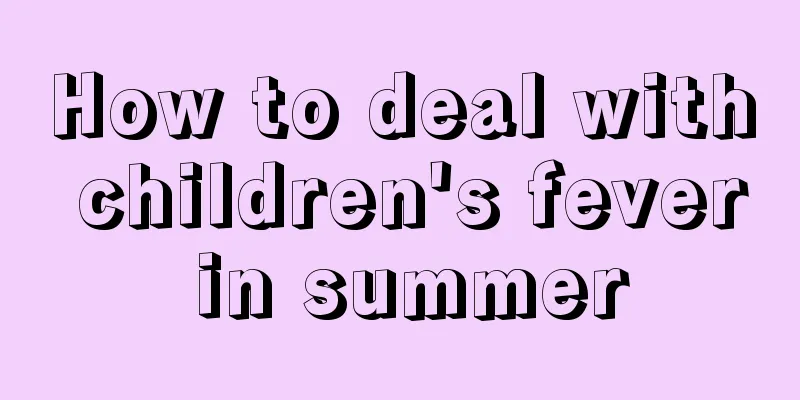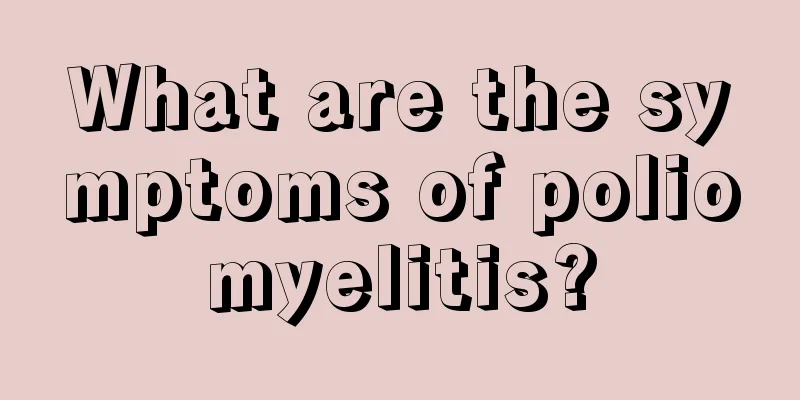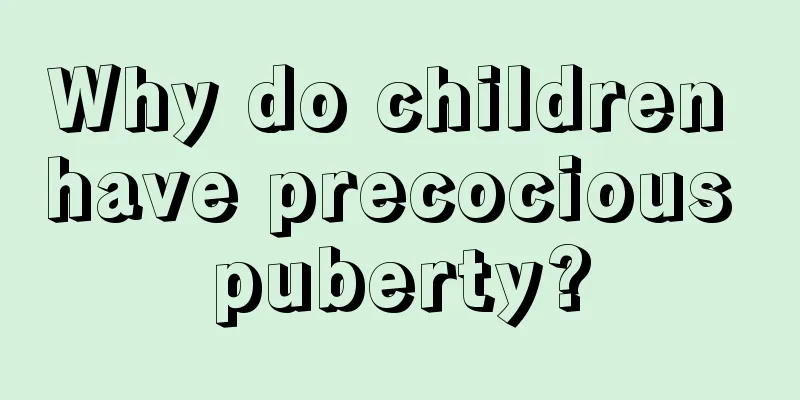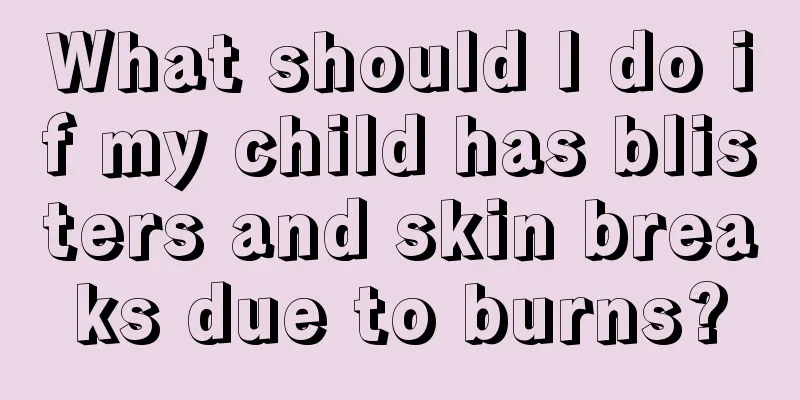How to deal with children's fever in summer

|
Most children who have a fever in summer are between 1 and 3 years old. If the child's temperature is below 38.5℃, and he just has a poor appetite and poor spirits, and does not have severe vomiting, convulsions and other symptoms, physical cooling can be performed at home. You can adjust the air conditioner at home to a suitable temperature and ventilate the room regularly. You can let your children drink more boiled water, salt water and fruits, especially watermelon, which can not only replenish water, sugar and vitamins, but also have the effect of clearing away heat. Wipe the whole body of the baby with fever with a warm towel. This method can be used for all children with fever. You can also buy cold compresses from a pharmacy or hospital to cool your head. Fever is the body's response to pyrogens (including viruses, bacteria, allergens, etc.), and it is a manifestation of the body's self-protection ability. Fever itself is not a disease. The reason why we need to reduce fever when we have a high fever is that, firstly, the body's metabolism increases during a high fever; secondly, it may induce febrile convulsions. The prerequisite for reducing fever is sufficient water in the body. Antipyretic drugs only lower the level of the brain's temperature regulation center, which helps to reduce fever. Therefore, it is particularly important to drink plenty of water. If the baby's fever is below 38.5℃, there is no need for antipyretic treatment. Use physical cooling methods, such as undressing, removing blankets, and wiping the child's body with warm water to dissipate heat. Never use alcohol to wipe children's bodies, as alcohol can easily cause blood vessels to dilate, blood volume to drop, and cause shock. Clinically, it is found that some children have a rapid rise in body temperature and a very high temperature when they have a fever. Infants and young children can easily have a fever as high as 40°C, and often suffer convulsions due to high fever, such as loss of consciousness, fixed or upward eyeballs, head and neck tilted back, facial and limb convulsions, and other critical symptoms. When the fever reaches above 40℃, it is indeed easy to cause brain damage. Therefore, when the child's fever reaches above 38.5℃, if physical cooling cannot solve the problem, appropriate drug-induced fever measures should be used. In order to keep children healthy, do not let them stay in air-conditioned rooms all day long. When the air temperature is low in the morning and evening, it is best to take the children outdoors to breathe fresh air, get some sun exposure, and enhance their body's adaptability. In daily diet, we should pay attention to ensuring that children maintain a balanced and adequate nutritional intake. We can also supplement some nutrients appropriately. Balanced nutrition can enhance children's immunity. |
<<: What should I do if my child can’t hold his urine?
>>: How to take care of your baby's fever in summer
Recommend
What should children pay attention to when getting vaccinations
Vaccination is a way to prevent diseases. Vaccina...
What to do if your baby always has diarrhea
You should know that because babies have relative...
What to do if your three-year-old baby coughs
It is very common for babies to catch colds, and ...
How old is the baby when all the teeth grow
Many parents hope that their baby's teeth can...
What is the cause of low platelet count in children?
Health issues have always been of great concern a...
What should I do if my three-year-old baby is deficient in calcium and zinc?
Nowadays, more and more babies are suffering from...
The correct way to brush your teeth
Brushing teeth is something you have to do every ...
What to do if your child has constipation
Constipation is a common problem that everyone wi...
Why do children’s nails turn white? Young mothers must watch
The symptom of white nails may also occur in chil...
What is the normal temperature of the baby's armpit?
When babies are just born, their immunity is not ...
What are the early symptoms of hypothyroidism in seven-year-old children?
Everyone knows about the disease called hypothyro...
What are the scientific methods to help children grow taller?
I believe every parent hopes that their child can...
What causes alopecia areata in children?
The healthy growth of children is very important....
Symptoms of pinworm infection in children
It is easy for the human body to be infected with...
What to do if your child accidentally drinks iodine
Povidone-iodine is a disinfectant that is usually...









